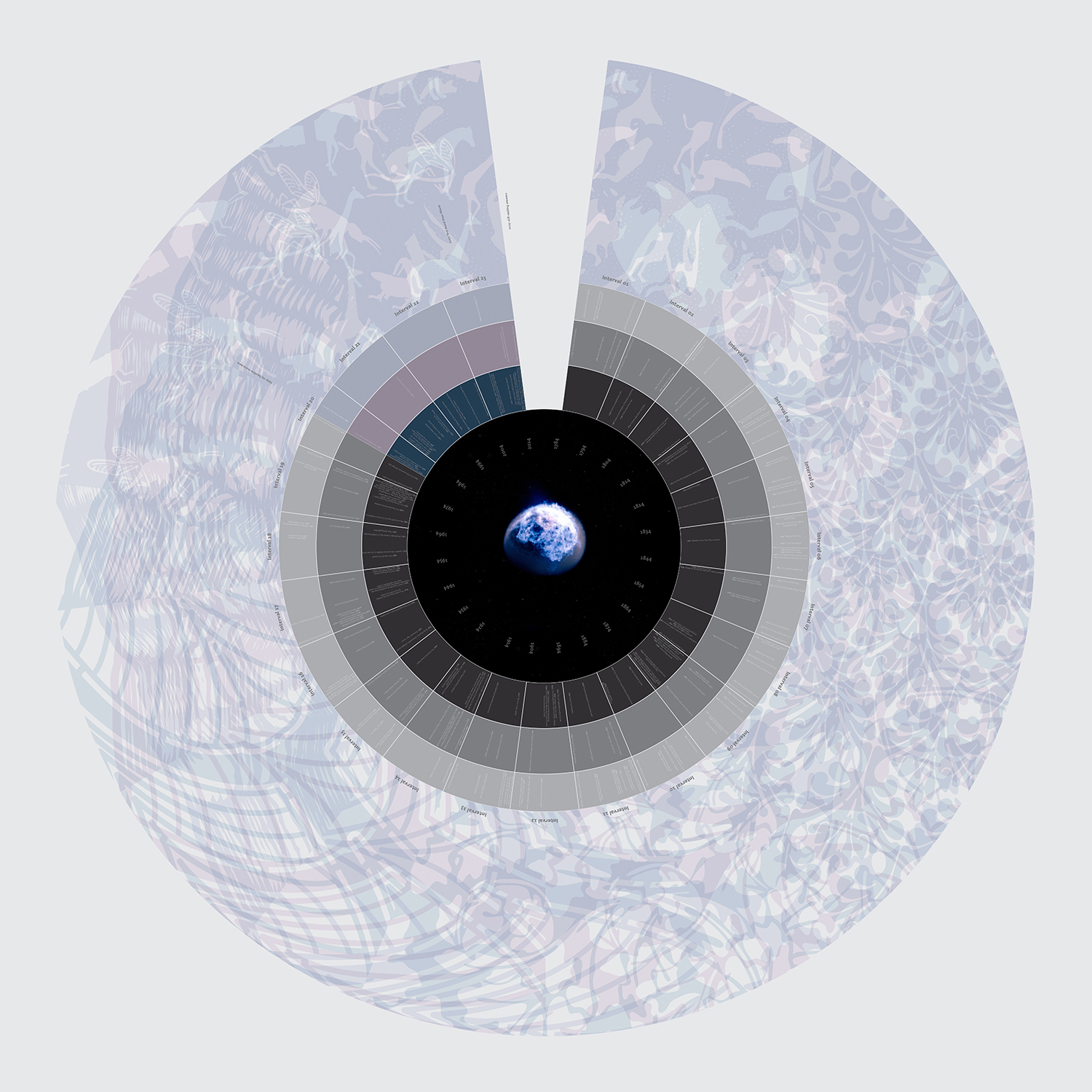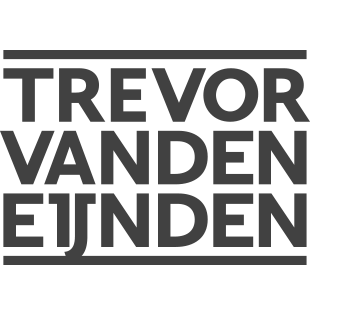
2017
Trevor Van den Eijnden, Greg Marshall, Peter Redecopp, and Anna Semenoff
.
Truck Contemporary
2009 10th Avenue SW, Calgary, Alberta
.
03 February 2017 – 04 March 2017, opening reception Friday 03 February 2017
Exhibition text
An artifact in the digital realm; an unintended glitch or distortion that by digital processes, echoes indefinitely, rapidly branching in scale and scope, leaving the impression of artificiality. Digital Artifacts explores these artifacts through the ritual repetition of patterns in a digital landscape, tackling the themes of memory, relics, religion and warfare. Digital Artifacts is a group exhibition featuring work by Greg Marshall, Peter Redecopp, Anna Semenoff and Trevor Van den Eijnden.
Digital Artifacts is part of the PARTICLE + WAVE Media Arts Festival and presented in partnership with EMMEDIA, Carvel Creative and TRUCK Contemporary Art.
Peter Redecopp and Trevor Van den Eijnden will also be taking part on the festival artist panel, The Sacred and the Profane. For more information, click here.
Warware // Greg Marshall
This video art installation is based on the single-channel video entitled, Drone (2016). Similar to the one camera angle from Drone, the animation presents coded and extruded data visualization from a portion of a large number of news stories, gathered via Google Alerts on lethal US military drone attacks dating back to 2013. A continual video roll of extruded grids slowly drifts in slightly varying forward directions. There are no cuts in the video—it is one long perpendicular take, using an overhead meandering camera move across this constructed landscape.
Pentaphonic Sound System // Peter Redecopp
Pentaphonic Sound System could be a haunted house prop, or a set piece from a b-movie. The 5-channel soundscape that is projected from the sculpture is reminiscent of a horror film; a combination of synthesized, sampled and modulated sounds move from speaker to speaker in various patterns, creating an undulating, spatialized aural composition. The soundscape is continually changing, composed in real-time through an algorithm written by the artist, and brings to mind sinister rituals and black magic. With this project, the computer algorithm is envisioned as a form of cyber-incantation. To be wary of false idols is a common maxim in the Western Tradition, and the pentagram has come to embody this adage in popular culture. Inserted within an art exhibition, it raises questions about if and how we would conceive of idolatry in the context of contemporary media art.
Memory of Mother // Anna Semenoff
Memory of Mother is composed of one long video sequence, fractioned and looped in no particular order, demonstrating a lack of a linear narrative. Capturing the essence of the whole by remembering the chosen fragments of the past: Memory of Mother functions like a memory in real time, with each fraction fulfilling an equal role to create a larger, more coherent representation of the figure.
The Relics of the Anthropocene Temple // Trevor Van den Eijnden
A collection of proposed Anthropocene relics for reverence in a deep, hypothetical future function as warnings, prophecies, and a form of solastalgia for something ill-defined that has not yet fully come to pass. The work is an extension of my interest in pattern as a visual indicator of the ways in which we pattern the world. Rather than presenting a pattern that definitely ends or breaks down, they present an indeterminate expanse that fades into the unseeable blackness of the interior space. The materials explored within the Relics include a diverse array of hyper objects that physically or psychologically demarcate the Anthropocene, such as plastics, styrofoam, uranium glass, simulacrum of nature, and memorials to extinction. Inside the relics thre is an aesthetic existential bleakness from the see-through black mirrors facing inward that cannot physically invite, nor act as a reflection to carry the viewer into the scene.
Source: Digital Artifacts, Truck Contemporary website
Sham–Real Shadows
On Navigating the Anthropocene
MAA research thesis document
Final draft, January 2016
Abstract
I make intimate scale objects that encourage audience interaction through their mobile devices, or small to larger scale works utilizing phenomenological engagement with projections, or mirrors. My research is focused on the Anthropocene, our current human-influenced global geological epoch born of the Industrial Revolution. It is my hope that my passion for the ideas contained in this subject will have some resonance in the work, while the things I make and the experiences they permit can be understood as meditations, and salves for bleak subject matter. The works discussed herein do not lecture toward my personal thinking around the Anthropocene (we get the planet we make), rather they direct themselves toward suggestions of how nature is presented, understood and utilized in a human-dominated world, and what that does to how we understand our relationship vis-à-vis nature. I believe that these are symptom and source for the problems we currently face and will carry with us into the future.
The works discussed in detail are Familiar Strangers, Sham–Real Shadows, and The Relics of the Anthropocene Temple. These works utilize human-made materials sourced from nature such as paper, MDF, light, and plastics, as well as contemporary technology such as lasers (an Anthropocene futuristic form of primitive fire). Frequent research sources, such as naturalist wallpaper, are chosen for their presentation of a commodified and rationalized Nature; a shadow of a shadow used as simulacrum to decorate interiors in a human world. The areas of inquiry focus on two streams with the attempt to answer the question, “are there ways to explore the ideological underpinnings and ramifications of the Anthropocene?” These two primary avenues of exploration are:
- Nature–human dichotomies and ways of designing nature, presenting and thus knowing Nature as simulacrum re-presented in repetitive patterns and then used to decorate human space, and
- Hyperobjects as Burkeian, and Kantian sublime presented as patterning of indeterminate space as meditations on, and signifiers of bleakness and hope, light and darkness destabilization and interconnectedness, time and the unknown knowing.
These two outcomes are explored in detail with in this document, and have formed the basis of my current practice.
For a detailed visualization of my research into pattern, ideology, and nature please see the The 23 intervals info-graphic below. For a more detailed understanding of my research please see my MAA thesis, Sham–Real Shadows, to the right.

23 intervals
Research info-graphic
61 x 61 centimetres
C-Print on paper
2015

